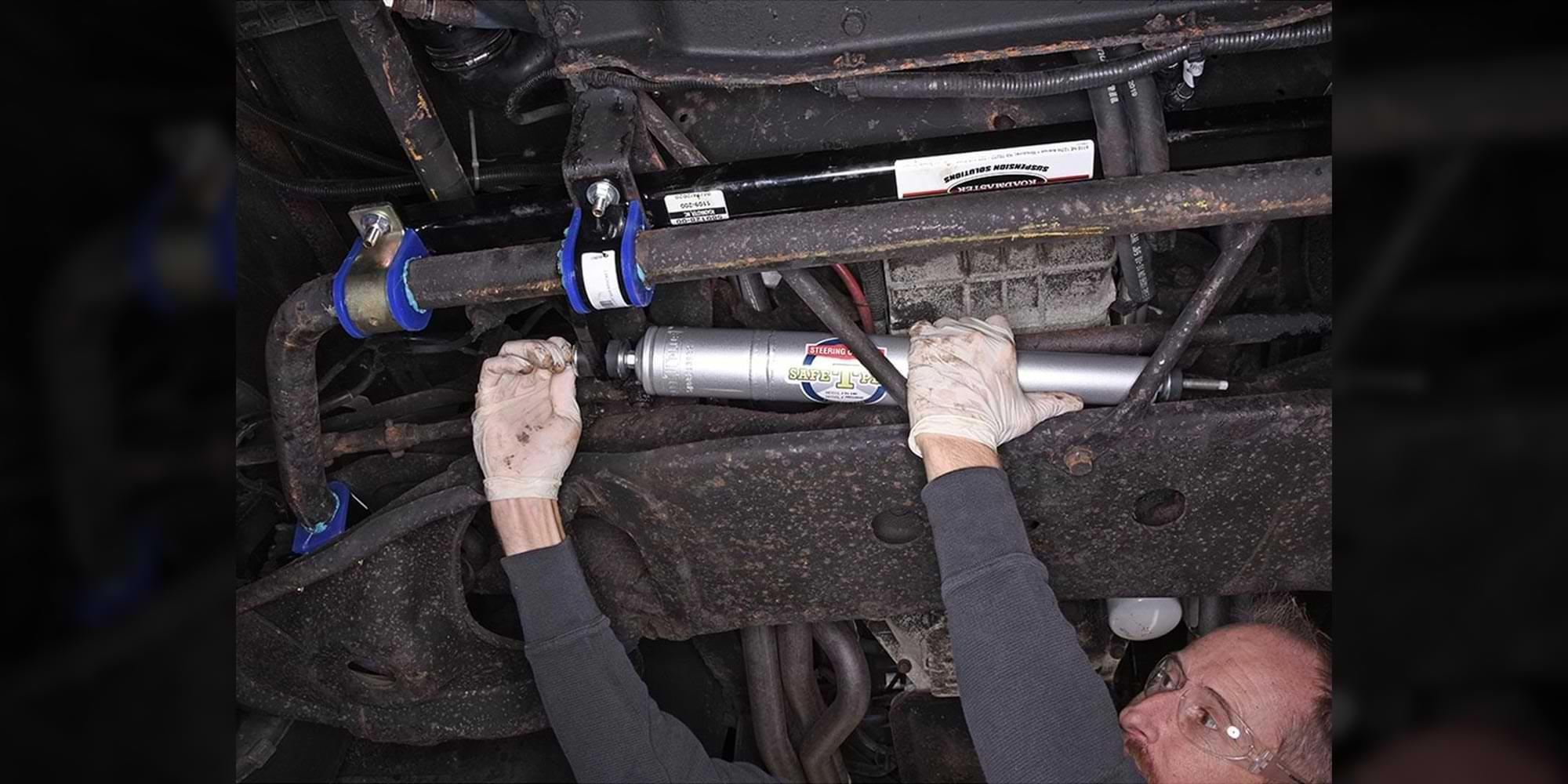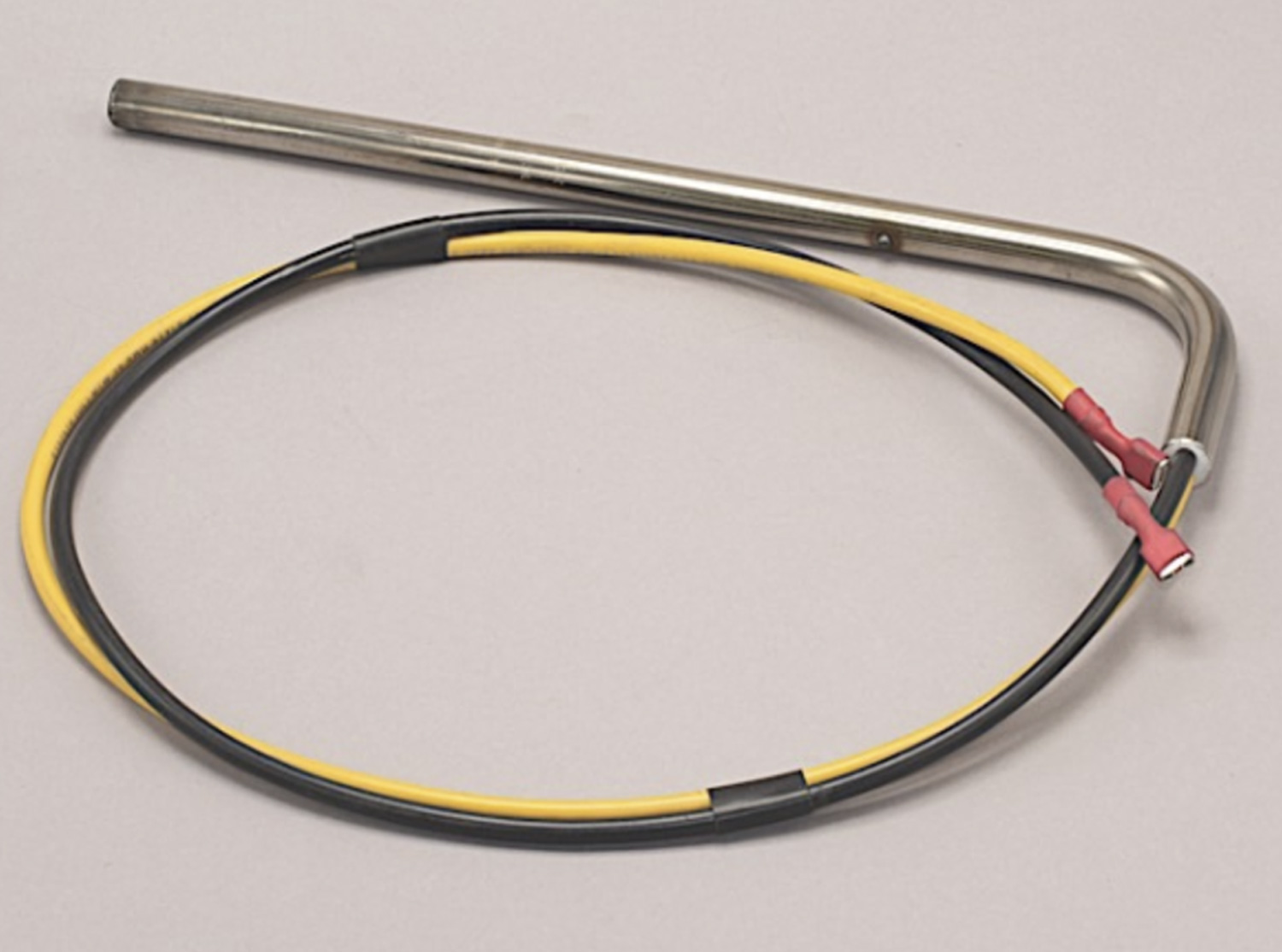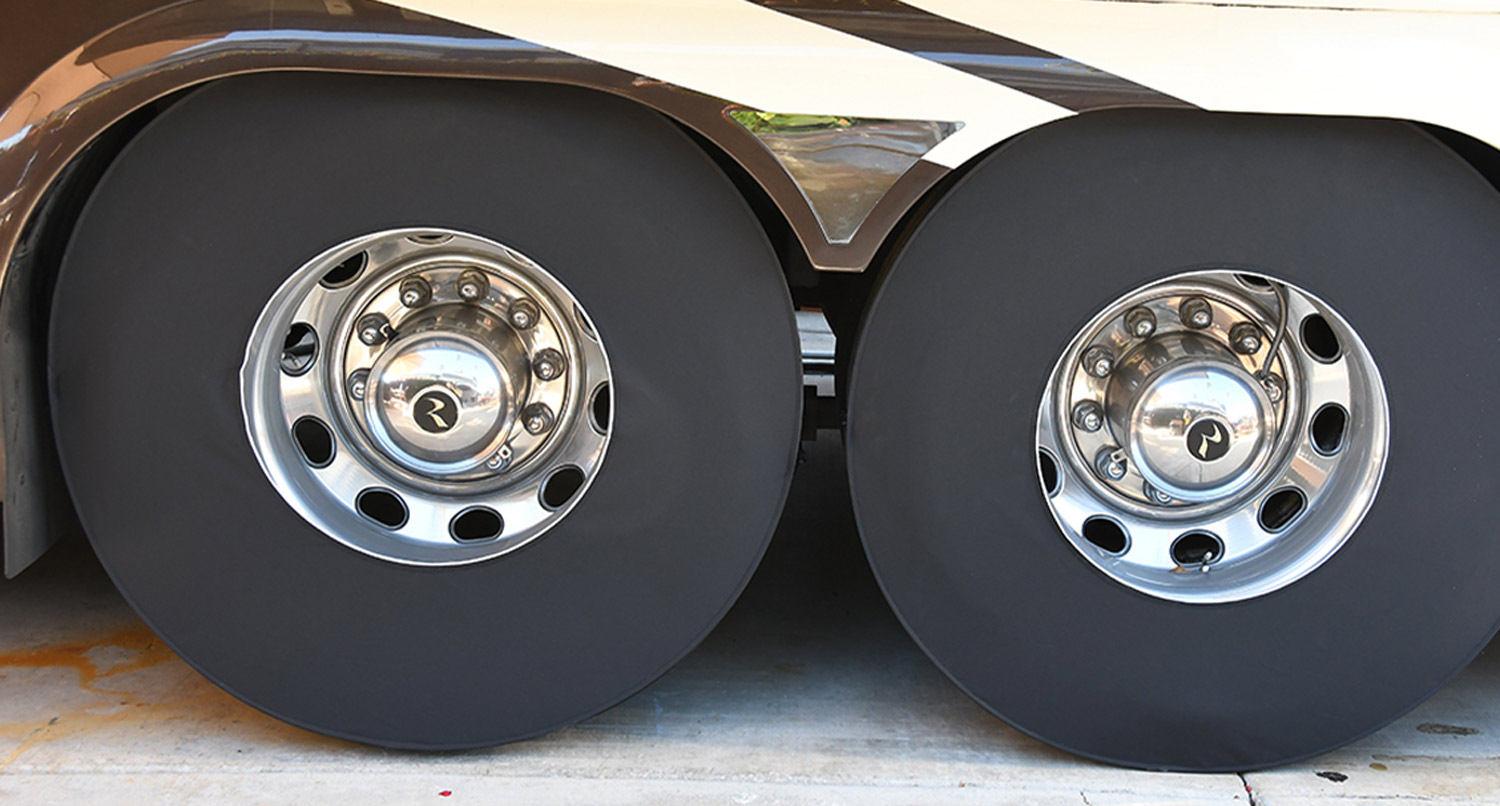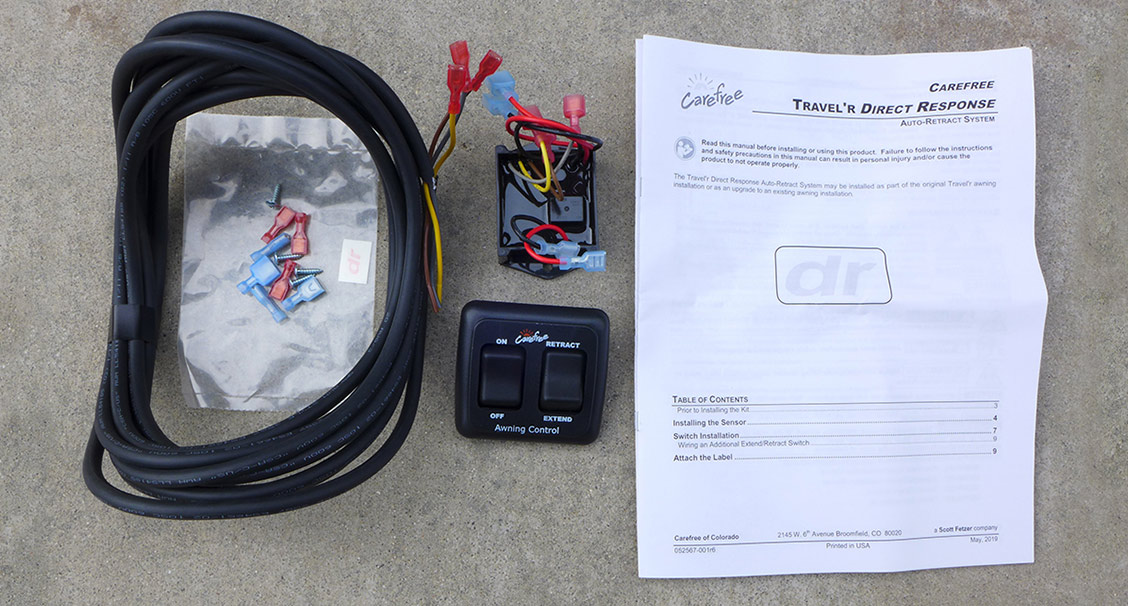Technically Speaking – Q&A: February 2023

Check Your Bearings
I’ve been told that the wheel bearing in my trailer axles should be checked annually or after 12,000 miles of travel. My trailer has Nev-R-Lube bearings, which are supposed to be sealed and not needing inspections. What would you do?
— Maryann Fisher
The Nev-R-Lube bearings from Dexter are sealed and do not need to be repacked with grease. Still, you should pull the wheels and inspect the spindles/bearings for adverse wear every year or 12,000 miles, as stated by Dexter. You’ll be looking for endplay, adverse wear and possible leaking grease. Although these bearings are sealed, they are not infallible and can leak. If that happens, you’ll need to replace them. Annual inspections also allow you to check for adverse brake wear and any wiring problems.
If you have standard bearings, it’s imperative that they are inspected and repacked yearly (or 12,000 miles, whichever comes first). Unfortunately, most bearings are made overseas and tend to wear quickly or even fail. You don’t want to be stuck on the road with a bearing failure, which can result in expensive repairs and collateral damage. Make it a habit to pull the bearings yearly and check for worn splines, which can become loose and even sloppy. When repacking, use high-quality, disc brake grease and always replace the grease seals.
A few years back, I was doing a routine bearing service for a friend and discovered that one of the disc brake pads had dislodged from the backing plate and destroyed the rotor. He didn’t even know there was a problem with the brakes. Annual inspections will help ensure safe and trouble-free trips and, quite frankly, are not that difficult. Even if you don’t have the proper tools (like a bearing packer and a bearing race and seal driver), it might be possible to borrow them from a local auto parts stores that offer this service.
No Heat, No Cold

Bill, I have a 2012 fifth wheel with a Norcold model 1210 refrigerator. I’ve noticed lately that the refrigerator is not cooling enough on electric, which is odd because it does cool efficiently on LP-gas. I’ve had it to my local dealer twice and they’re telling me that it’s functioning properly, but when we get it fully loaded and head out on a trip it just does not seem to keep up. I’m a little frustrated with the dealer. Any ideas?
—John Woodward
John, this is a common problem with the four-door Norcold refrigerators, and it seems that many repair-shop technicians are not prepared or trained properly to diagnosis the problem — especially when it seems to be working fine on gas, which indicates that the cooling unit is functioning properly. Because of the larger capacity of this refrigerator, the cooling unit requires two 120-volt AC heating elements instead of a single heating element used for the smaller two-door refrigerators. Testing them can be a little bit of a challenge. These heating elements resemble those in the two-door models, but they are rated at a lower wattage.
It’s possible that one of the heating elements has burned out; there’s not enough heat for the cooling unit to function properly with only one element. The heating elements can be tested with an induction amp meter by turning the refrigerator’s thermostat to the maximum position; they should draw roughly about 2.5 amps per element. If you only get a reading on one element, you have your answer. If both heating elements are drawing roughly 2.5 amps, you’ll need to make sure that the heating elements are positioned all the way down into the steel tubing that holds them tightly against the boiler tube.
I have also seen instances where the heated portion of the element was only at the bottom, which gives a false reading and not enough heat to make the refrigerator function properly. You didn’t tell me how much the refrigerator was used over the past 10 years, but at this point I would replace both heating elements. Make sure that you get the correct ones for your refrigerator; your dealer should be able to reference part numbers.
Theoretically, there could be an issue with a control board, but I’ve never seen one malfunction in this manner. It’s critical that both heating elements are connected to their proper places on the control board; if one or both of the heating elements were replaced in the past, it is possible that they were connected to the wrong terminals. Consult the wiring schematic to verify that the wires coming from the heating elements are routed properly.
Tire Longevity

I realize that tires are subjects of endless talking points among RVers, but I don’t quite understand all the aspects of my Michelin X tires that are approaching six years of age. I checked carefully and do not see any signs of age or cracking on the sidewalls. I’m concerned that after sitting for one year on concrete there’s some undetectable deterioration. From what I can gather online, the Michelin tires on my motorhome should last 10 years without a problem, although I couldn’t find a definitive answer whether sitting for a long period of time will negatively affect the tires and if so, what that impact would be.
—John Hayward
There is certainly a lot of discussion out there regarding tires — and considering the cost these days for replacements, you need to be sure you’re doing the right thing. There’s no doubt that letting your motorhome sit for a year can affect the tires, especially if the proper inflation pressure is not maintained. Allowing constant exposure from sun and weather can also shorten longevity.
Allowing your tires to sit on damp surfaces can also impact tire life, which is why some people use the leveling jacks to keep the tires off the ground. I’m not a fan of that practice, but you can insulate the tires from the concrete with wood or pads designed for this purpose. It’s best to keep the tires covered while in storage and if you want a better hedge against premature deterioration, apply a good protectant once a month. I like Aerospace 303 (goldeagle.com) because it has a proven track record and is petroleum distillate-free. You can easily obtain Aerospace 303 on Amazon. The protectant shields the rubber from UV exposure, which helps protect the sidewalls from cracking.
Conventional wisdom suggests that the tires will last 6-7 years under normal conditions. You may not even get that long of service if they are not protected from the elements when in storage. Michelin recommends that the tires are inspected annually by a qualified dealer when approaching 6 years old and states that the tires may be good for 10 years if the motorhome was stored indoors. Of course, these recommendations are dependent on tread wear and the presence of sidewall cracking and other damage.
If you’re planning a high-mileage trip, I would lean towards replacing them for the peace of mind. A friend decided to take a chance and he and his wife spent a harrowing night parked off-kilter on the side of an Interstate highway in a bad storm, waiting for the tow truck to arrive the next morning.
Sluggish Awning

—Lee Howard
Lee, it just so happens that I have the same awning so I’m quite familiar with its operation. There are several possibilities when you have this type of problem. The first thing to check is for voltage, which should be a minimum of 11.5 volts while extending and retracting the awning. Going out is much easier on the motors; having to pull the weight of the awning hardware and fabric back up takes more power.
Next, check the gas struts, which help the awning roll up. It appears that weak struts may be the problem since you need to push on the arms to help it retract. I don’t suggest using WD-40, but a silicone dry lube is good. I’m assuming that you’ve checked the hardware to make sure none of the pieces are bent or out of alignment. Many times, the hardware is damaged when the awning is left extended in high winds. Having an auto retraction feature usually prevents awning calamities during wind events, and there is an aftermarket kit — the Direct Response auto-retract system — available from Carefree of Colorado (carefreeofcolorado.com) to make this upgrade, which I highly recommend.

Bill started his 50-year career in the RV industry when he went to work for an Airstream dealership. After the gas shortages in the 1970s, Bill decided to start his own business and opened up Bill’s RV Service in Ventura, California. After several years in business, he met Bob Livingston, and together they worked on hundreds of technical editorial projects at his shop while becoming great friends. Bill eventually joined Bob on the TV show “RVtoday,” filming a number of hands-on projects. After retiring, Bill headed out full-time in his fifth wheel and toured 39 states while writing technical articles for Trailer Life and MotorHome magazines. He now is Technical Director for RV Enthusiast.
Already a Subscriber? Click here for Access to the Full Issues.

